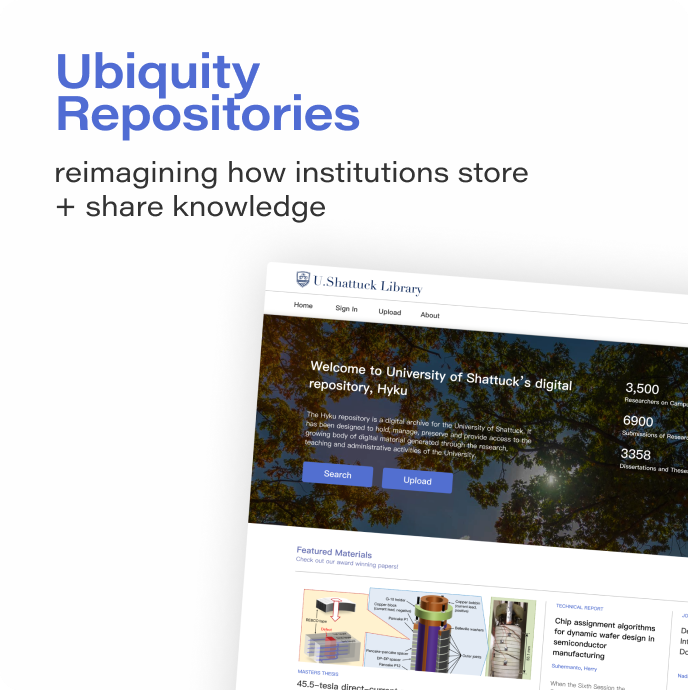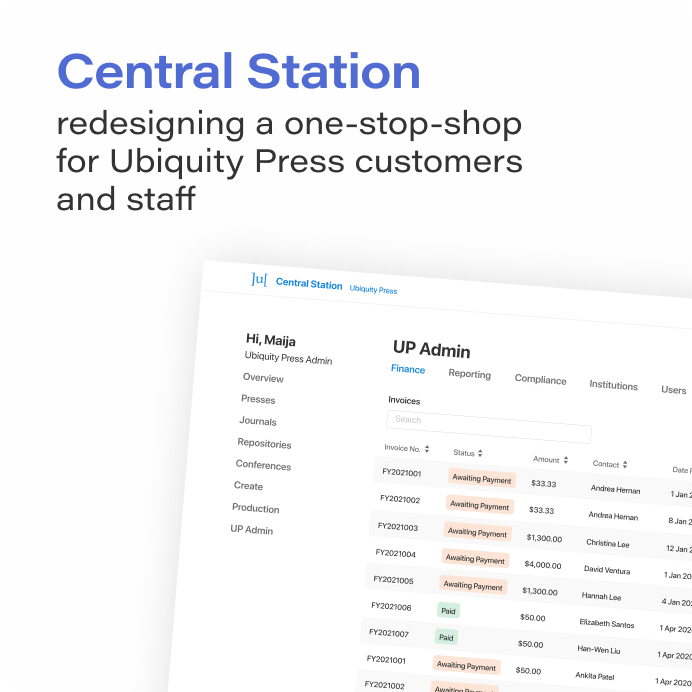Gajo
Team: Sujude Dalieh (Founder), Parsa Attari (Engineer), Rami Shahatit (Engineer), Alexis Flores-Betancourt (Ops)
Role: Founding Designer (Product, UI, Visual, Brand)
At the end of 2020, my old friend and colleague Sujude reached out to me to see if I’d be interested in working on an app with her. She had filled four notebooks with research from talking to young people, career counselors, and education specialists, all to learn more about how Gen Z goes about finding their way in the world. The result of our work since then is Gajo.
The Problem
Young people have always had difficulty figuring out what to do with their lives. And today, it’s particularly hard, with faith eroding in the traditional four-year college path and its ability to provide young people with the skills they need to thrive in a changing economy. Existing platforms like Naviance fail to capture contemporary jobs, and outside of tech centers like SF and NY, it can be hard for young people to discover careers out there that they may enjoy and discover their passions in.
The Solution
Gajo leverages career content creators/influencers to help give Gen Z a true look at what life in a career is like. We know people are already looking for content like this, so our goal is to fill in the gaps and provide a career-oriented platform in which organic content and relevant information about careers can help young people explore all the options available to them.
Although this is password-protected, I apologize if this is still a little bit short! I can’t share every detail here just yet.
Research Summary
Like I mentioned, I joined this project after most of the research had already been conducted. Some of the main findings from the founders research were:

Meet young people where they are. They are used to platforms with infinite scrolling and passive entertainment like TikTok, Instagram, and other short-form video platforms.

Young people want to see the whole picture of a career: the fun parts, the not-so-fun parts, and most importantly, what day-to-day life in the career would be like.

In terms of how people feel about finding careers for themselves, young people generally feel lost and need chances to explore the variety of opportunities out there.
User Flows
The founder had a pretty good idea of what the solution would look like, so I started putting together a few user flows/site maps to visualize the structure of the app and what the main flows would be for our users.
Some main screens:
Home Feed: A feed in which users can see videos from careers they follow, see suggested content from other careers, and take in content
Ecosystem: High-level fields like “Technology” or “Healthcare” that show the variety of careers included in them.
Career Page: A deep-dive view of a career, like “Nurse Practitioner,” that shows some key details as well as content creators and their content.
Career Influencer Page: Where content creators have the chance to share their authentic story as well as host their videos.
Low-Fidelity
With an understanding of what the main screens would be, I began to sketch out some ideas for how we could present information about careers, gather information from users about their preferences, and more. We agreed it could be fun to take inspiration from Apple Music’s bubbles in their onboarding process, so I ideated how that might look.
Iterating
Gathering feedback from other teammates as I went on, I continued to iterate on the pages, eventually bringing them to higher fidelity before deciding to overhaul the visual language of the app to be a bit more modern.
High Fidelity
After a ton of iteration, feedback from teammates, and exploring different visual languages, we settled on these tentative high fidelity screens, though we’re still testing the designs on young people to gauge their feedback.
Testing
To get feedback from young people, we put together the following testing pipelines. I conducted qualitative interviews over video calls with Gen Z-aged people, set up remote testing through Maze, and analyzed design-specific feedback submitted by the 400 high school students we’ve tested with through Testflight so far.
In terms of some specific changes that were made to reflect user feedback:
Design System
Part of this project involved putting together Gajo’s visual language, for use in both the UI and our marketing communications. I had the chance to build our design system from the ground up; here’s a brief snippet of the colors, font styles, and some components that we’re using.
Collaborating & Handoff
I’m super thankful to have been able to work really closely with all team members — Engineering for Design QA and brainstorming, the CEO to scope out new directions for Gajo, and Operations to plan out marketing strategy and testing pipelines. Through having weekly stand-ups, facilitating creative/ideation sessions for the whole team, maintaining quick and easy communication among different stakeholders, and logging design issues in the coded implementation, I feel I was able to communicate well and efficiently as the lead designer of the team.
Reflections
Working on Gajo has been an incredibly heartwarming project, as it feels really good to be able to work on something that will benefit young people across the country. In terms of what I would do differently, I would probably want to test the designs earlier. We’re conducting testing right now on high-fidelity versions, and since there was a pretty big focus on getting an MVP out quickly, I didn’t find time along the way, but it should’ve been a top priority in retrospect. I’m also super thankful for the opportunity to learn new tools like Maze Remote Testing and Webflow.












